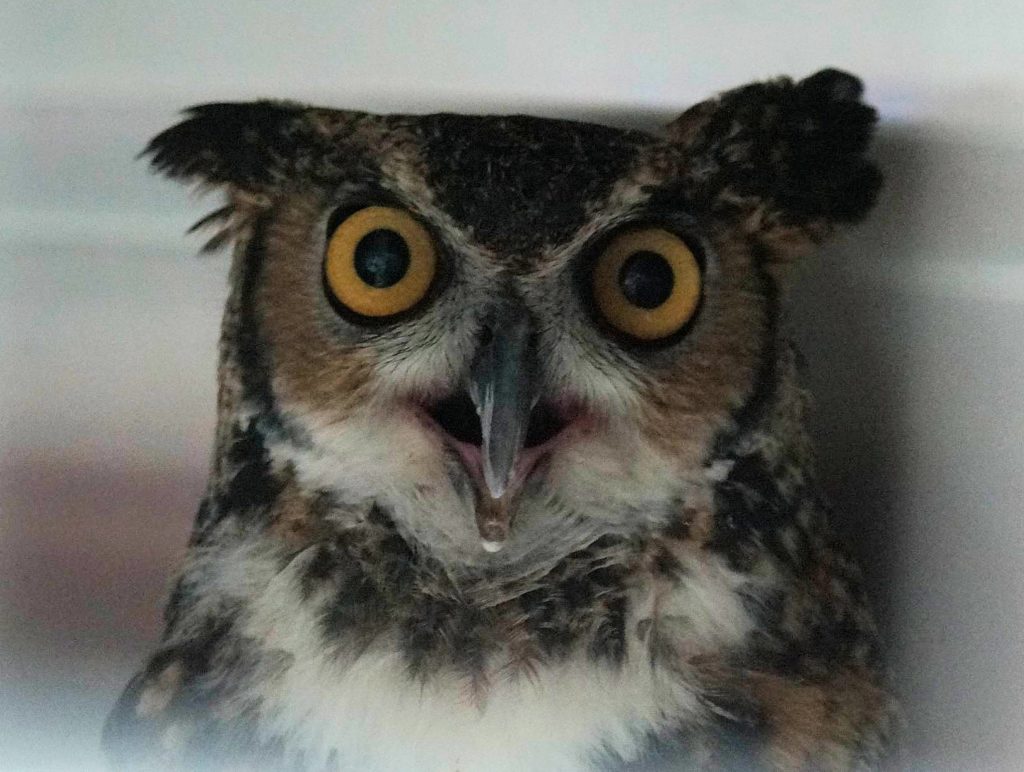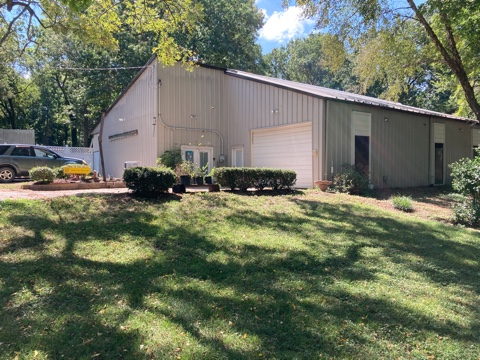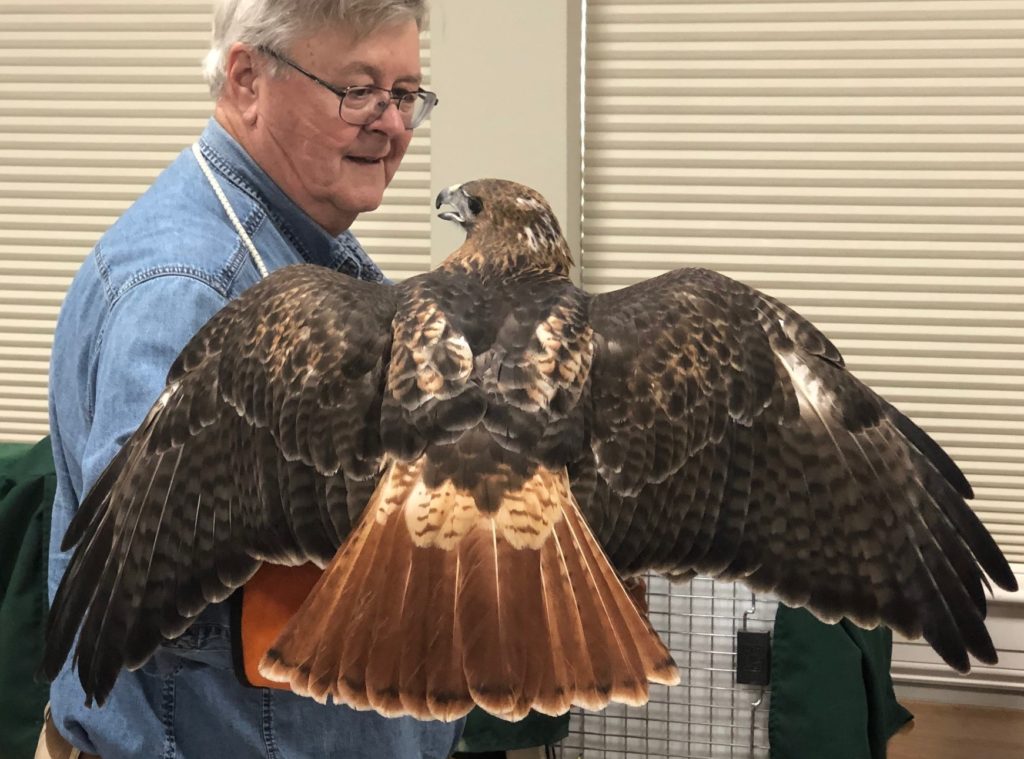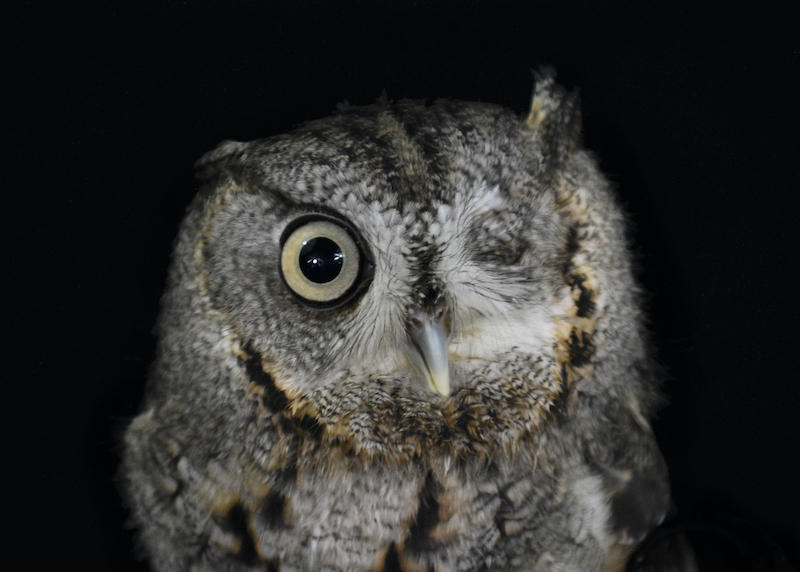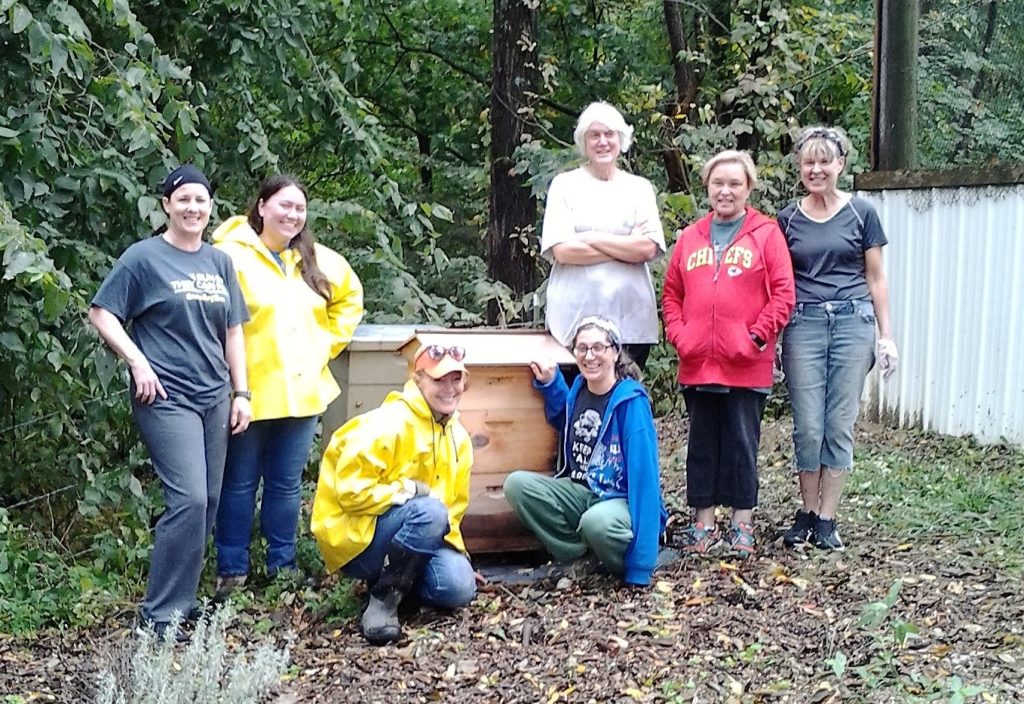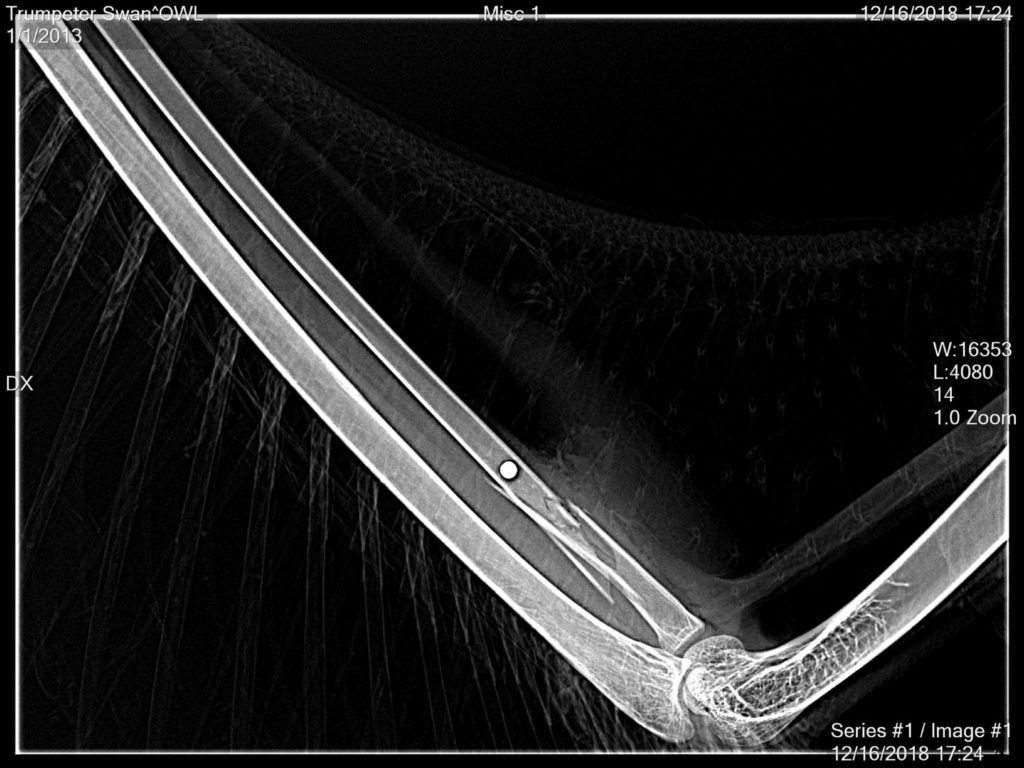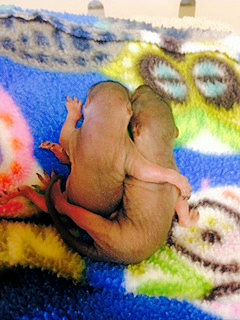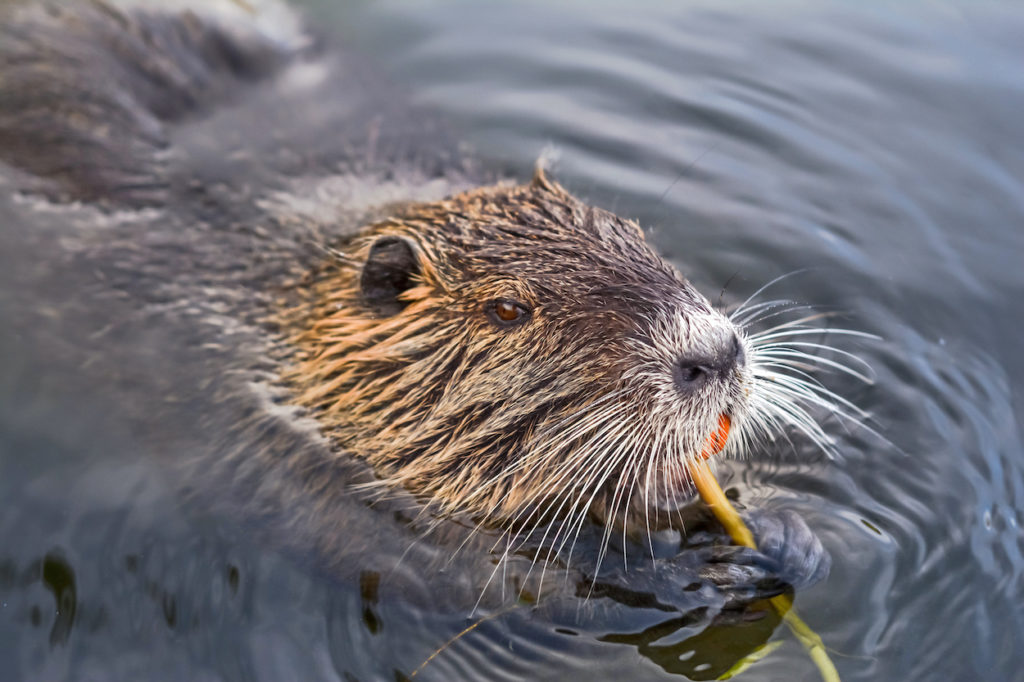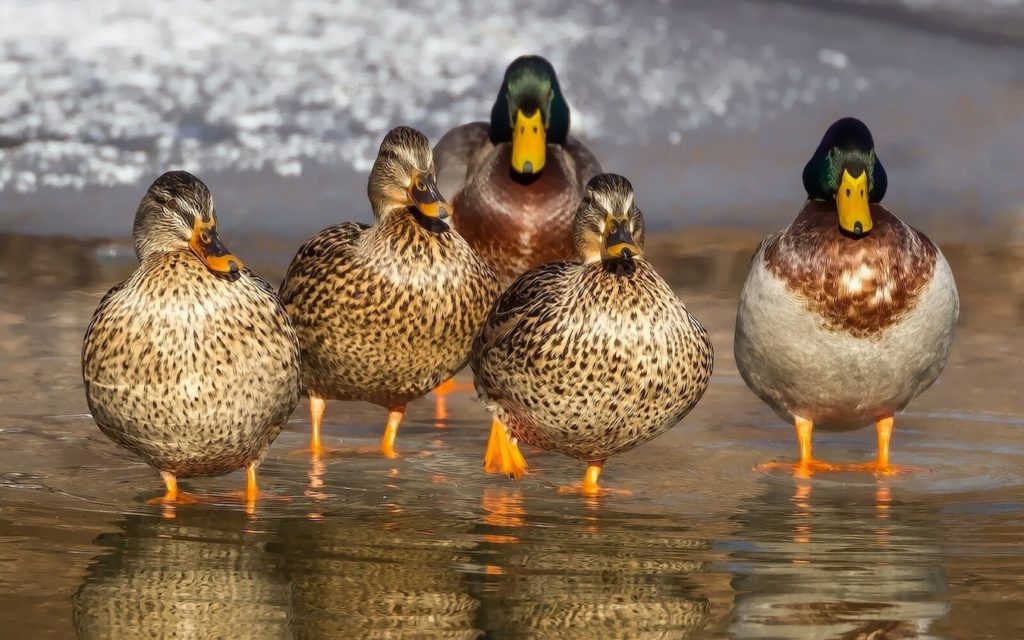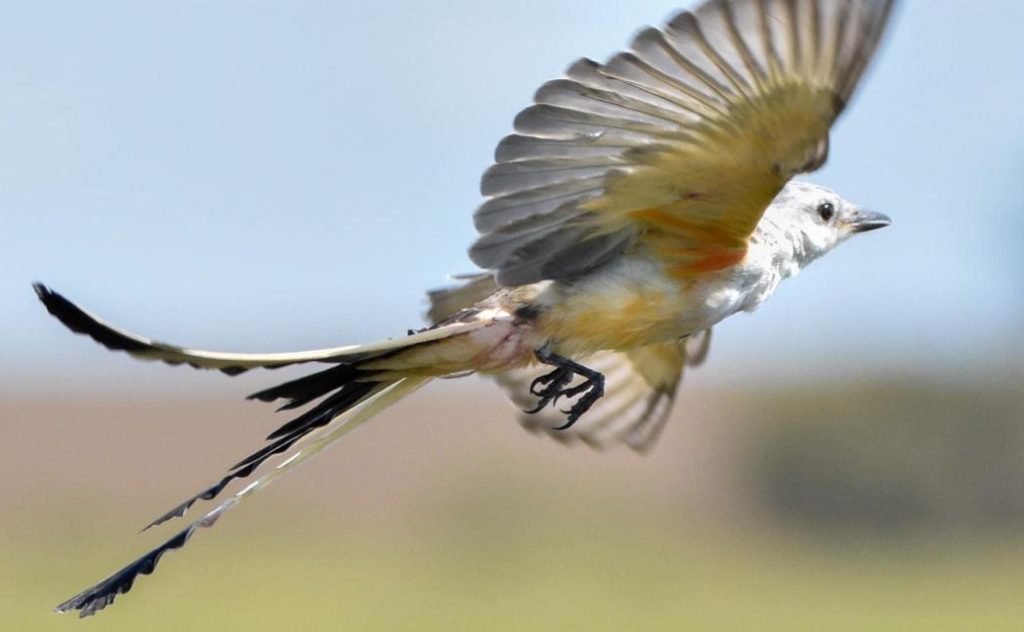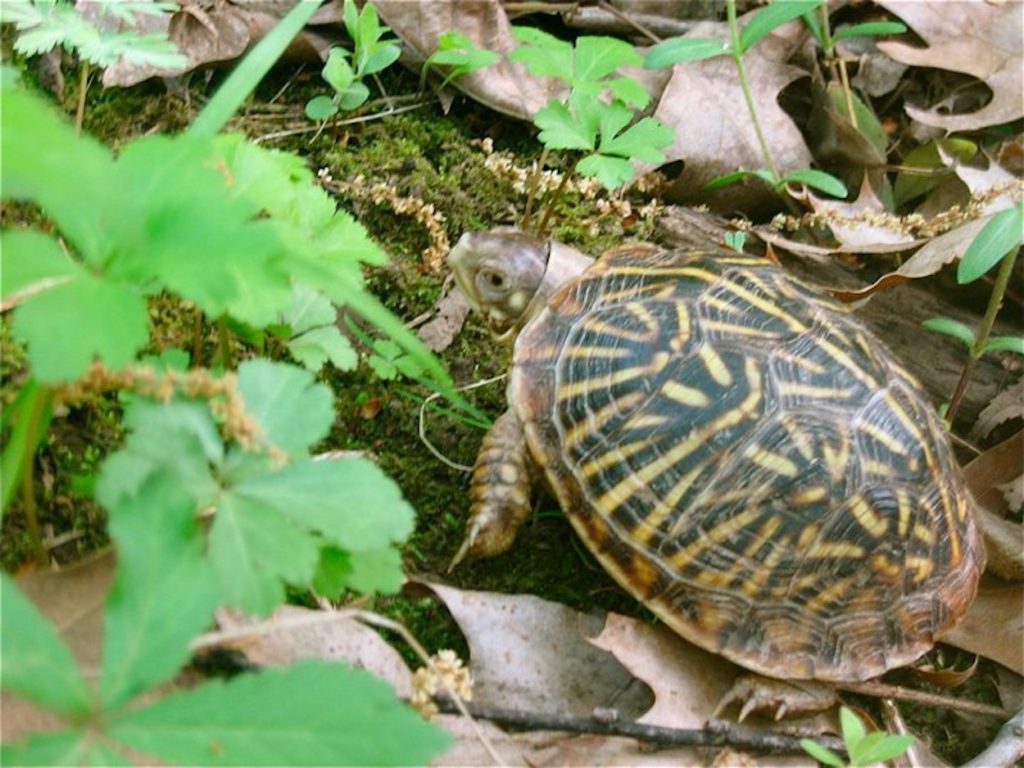About
Opossums
Opossums are North America’s only marsupial – they carry their babies in a pouch on their belly, just like a kangaroo. They have 52 teeth, 13 nipples, an opposable thumb, and prehensile tail that is capable of grasping.
These slow, non-aggressive animals have poor eyesight and are nocturnal, meaning they are active at night. An adult opossum has an average life span of approximately two years. They are omnivores and eat both plants and animals. Their diet includes slugs, insects (including ticks), worms, fish, small rodents, eggs, wild berries, nuts, and rotting fruit. About 75% of the diet of urban and suburban adult opossum is carrion (dead animals).
Female gives birth to the first litter of the season in late January through March, with a second litter in late June through August. The young are born about 13 days from conception in an embryonic form and crawl directly into the mother’s pouch. They find and attach to a nipple and do not come off the nipple for the next two to three months. By that time, their eyes are open, and they are fully furred. The young opossum will travel outside the pouch onto the mother’s back, clinging to her fur, going back into the pouch to nurse. They do this until they reach independence at about five months.
Important: NOT a Rabies Vector Species (RVS).
Many people think opossum have rabies because they drool when scared. In fact, it is EXTREMELY rare, or even impossible, for opossums to get rabies, because their body temperature is too low for rabies to survive and replicate well.
Baby Opossums – To Rescue or Not to Rescue
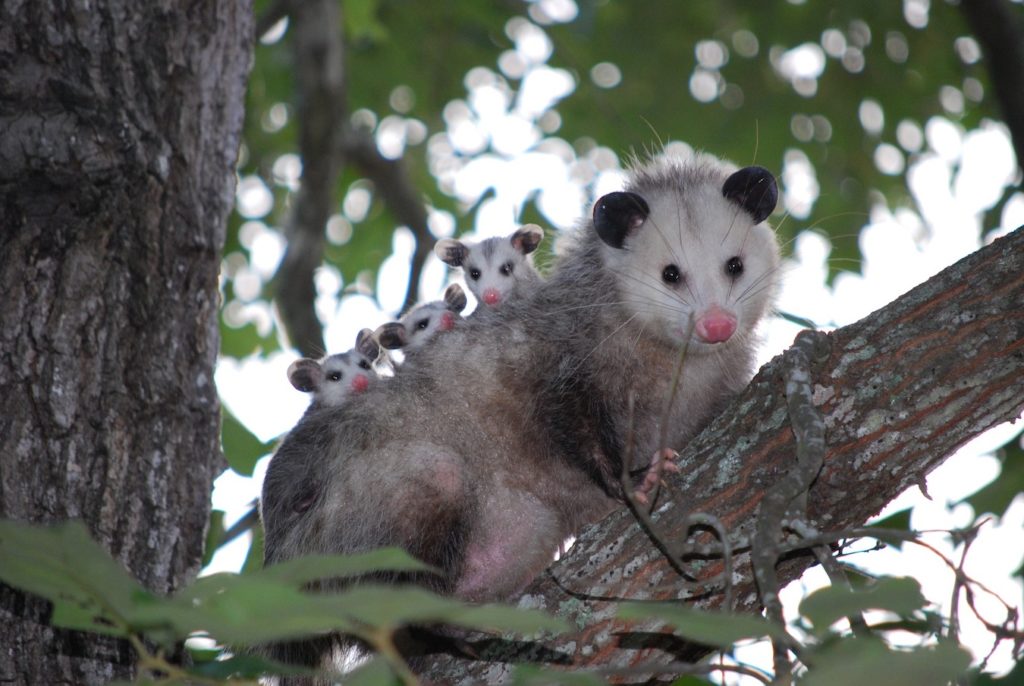
Babies on Dead Mother
Most baby opossum are found when someone stops to check an adult opossum lying on the street or highway. They may see a baby crawling on the female opossum’s belly or see something moving in her pouch. Any young opossum found with a dead mother or in a dead mother’s pouch needs to contact OWL as soon as possible.
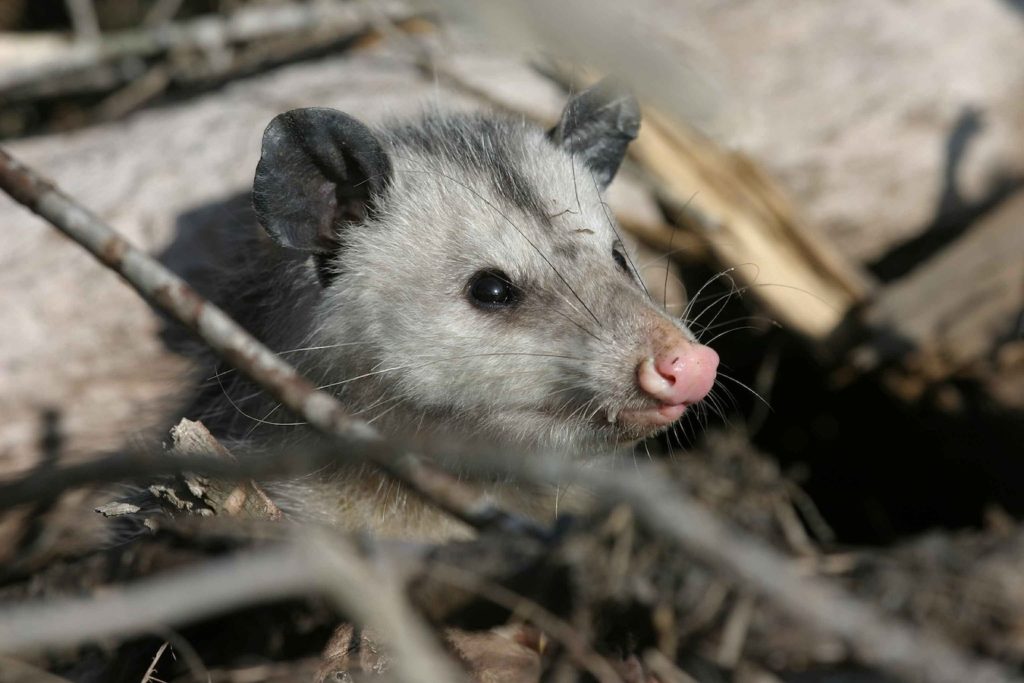
Important: Do NOT attempt to take the babies off the mother’s nipple!
The nipples extend all the way into the baby’s belly and often must be surgically removed. If forcibly removed, the nipple could completely detach, and the baby could swallow it.
It may seem difficult or distasteful, but when bringing to OWL, it is critical to transport the babies (injured or not) still attached to the dead mother’s body. Lay her in the trunk on a towel or trash bag in a box with the lid on or box closed. We will remove the babies from her nipples, check for injuries, and provide cremation for the dead mother.
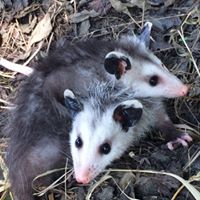
Baby Alone in Yard
If you see a baby opossum alone in the yard and it is less than nine inches long from nose to the end of its butt (not including the tail), it is probably an orphan or has been left behind.
Sometime during the third month, as the babies get bigger, they ride along on Mom’s back and sides, hanging on to her fur as she walks around. Occasionally one of the babies will fall off unnoticed by mom. It is not old enough to fend for itself at this age and can be preyed on, may be unable to find enough food, or may become dehydrated. These babies will need rehabilitation before they are ready to go off on their own.
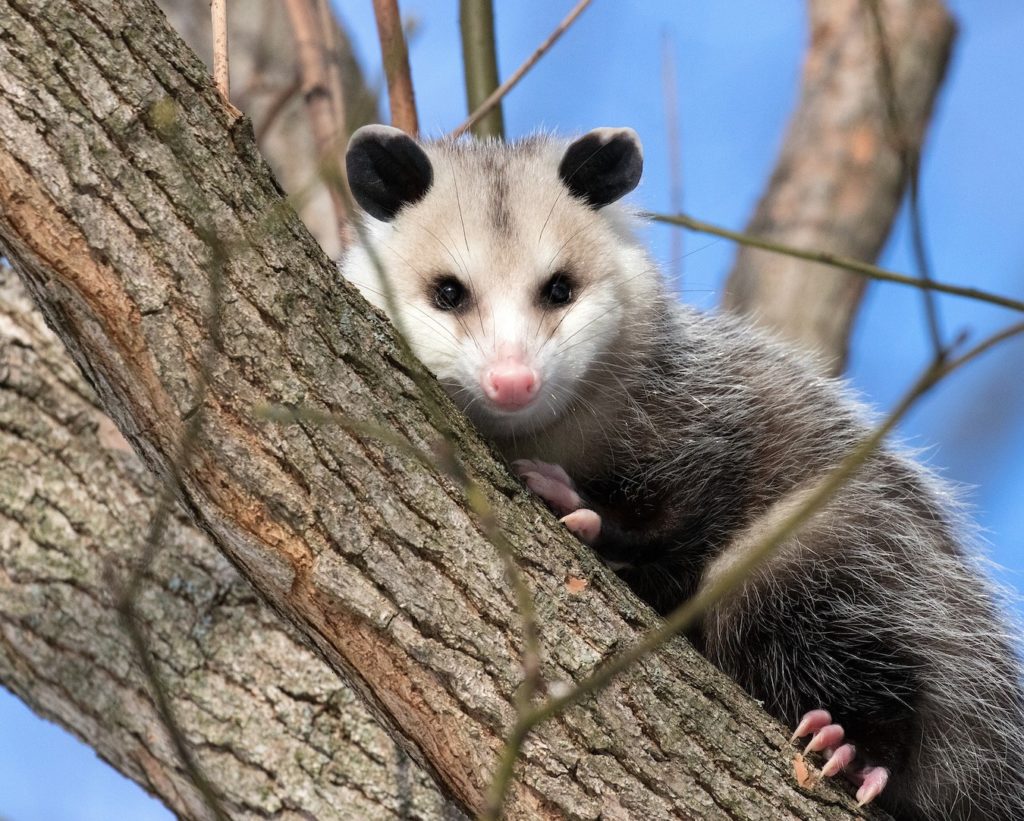
Older Baby in Yard
A young opossum about nine inches long (not including the tail) has reached the independent stage and should be left alone unless it is showing signs of injury or illness.
Adult opossum can often survive mauling by a dog or being hit by a car. However, they do need help recovering from these injuries. It is sometimes hard to decide whether an opossum seems “out of sorts,” because their normal behavior is so slow and odd. When in doubt, it’s always best to bring the animal to OWL.
Signs of Injury
If you notice any of these issues, contact OWL as soon as possible:
- Cold and lethargic
- Covered with parasites—fleas, ticks, ants or fly strike/eggs (looks like tiny grains of rice).
- Dehydrated
- Been in cat’s or dog’s mouth.
- Has a broken limb, abrasions, or bruising.
- Gasping or gurgling when it breathes.
- Has a head tilt or is walking in circles.
- Bleeding.
- There are puncture wounds, patches of fur missing, pus or abscess present, and/or foul smell.
- Unable to stand or move without falling over.
- Signs of frostbite on the feet, tail, or ears —red, white bluish-white or grayish/black skin and hard or waxy-looking skin.
Common Concerns
Opossum are scavengers and will rummage through trash cans/containers looking for food. The solution is simple: secure the lids of trash cans/containers with a heavy bungee cord to prevent the opossum from removing.
Opossum are opportunistic feeders. Leaving pet food and water outside overnight is an invitation for opossum and other wild critters to stop for a free meal. The best solution is to bring the food and water dishes in for the night. To keep opossum out of the bird feeders at night, install a raccoon baffle (available at any wild bird store) on the feeder pole. If you store bird seed outside, purchase a metal garbage can and use a strong bungee cord to secure the lid in place. Remember, there are other wild animals who would love to enjoy this special treat, and some have teeth that can chew through a plastic container.
Opossums will vacate if they find the space irritating. Encourage their exit with loud music or a talk radio station. You can also bring bright lights into the space. Since babies travel with the mother, once she has moved out, it’s safe to assume the babies went with her (unless one has been left behind…quick inspection will verify).
If an opossum is found in a window well or dumpster and you can reach it, lift the opossum out by the tail. If it cannot be reached, try angling a 2” x 4” or other board, tree branch, step ladder, or rope into the dumpster/window well, leaving the animal to climb out on its own.
If the animal has been stuck for longer than a day in extreme heat, it may have heat exhaustion or be starving and dehydrated. Lowering a small bucket, butter tub, or dish of water or Gatorade into the dumpster/window well will help it rehydrate. Since opossum are primarily nocturnal, it won’t vacate until dark. Check the following day to see if it has been able to crawl out. If it has, close the lid of the dumpster so another animal does not become trapped.
For the window well, purchase and install a cover to ensure it doesn’t happen again. If, in 24 hours, the opossum is still there and appears weak, wobbly or thin, capture and call OWL. See above for Capturing Opossum and Transport.
Opossum tend to be nomadic creatures. They spend time foraging within a territory of several square blocks. This is generally true unless there is a plentiful and close food source or a particularly safe and warm home that has little people/pet traffic.
If opossum has made itself at home in your home, check during the day to find where the opossum is gaining access. This will look like a gap between the soil and the wall or concrete, with perhaps a dirty smudged area around the entrance.
Loud noises and bright lights will make the area intolerable for this animal, who seeks peace and safety during the daylight hours. One way to discover if the opossum has exited is to sprinkle a six-inch band of flour around the deck/shed/front porch during the day. When you check this after dark, you will see what appears to be little white handprints leading away from the area (and you can often detect the trace of the tail).
Once they have gone, place ammonia-soaked rags in a plastic bag with holes to release the pungent odor. You can also secure the entry with landscape timbers, cinder blocks or large rocks, or chicken wire/hardware cloth wire fencing. They can’t chew through wire fencing, dig under or pull away the cinder blocks or big rocks, and they certainly will not like the smell of ammonia.
Many gardeners have learned to welcome opossum into their yard or garden. Farmers appreciate them since their diet includes slugs, potato bugs, June bugs, grubs, cabbage worms, squash worms, etc. They also will eat the fruit from apple, plum, crabapple and mulberry trees, to name a few, that falls to the ground and lies rotting in the yard. They clean up (eat) dead animals that show up from time to time in the yard and drowned worms after heavy rains. Gardener often discover that opossum are not menacing, troublesome creatures, but rather are helpful, amiable neighbors. They do not attack their dogs or cats, and they do not chase their children. They have become a beneficial animal in their yard.
Opossum are generally not aggressive and when approached will often react like a startled cat. It will bristle its fur, open its mouth widely, show its teeth, hiss, and begin to drool excessively. This pose is intended to intimidate so you will leave it alone. We see this defense mechanism even in baby opossum. They have no other protection. They cannot fight, and they can’t run fast.
To capture, corner the opossum, throw a bath/beach towel or small blanket over the its body, and pick up by the tail about midway and place in a suitably sized dog kennel, plastic/rubber tub, or cardboard box with the lid securely taped . Always wear leather gardening gloves or winter gloves.
The opossum’s other defense mechanism is the one for which they are most known …and the most common misconception about them – playing opossum. Extreme fear will cause opossums to fall over ‘dead,’ become stiff as though in rigor, and emit a smell that fools a predator into thinking they are spoiled meat. The opossum has no control over this – it is a defense mechanism resulting from a neurotransmitter, much like the human adrenaline rush we get when frightened.
When an opossum plays dead, it’s in a semi-conscious state. It takes time for the neurotransmitter to metabolize and for the opossum to recover — about 10 to 20 minutes. If it reacts like this, do not become alarmed thinking you have killed it. Just pick it up by the tail, place in the container you have chosen for transport, and secure the lid or kennel door. Certainly, do NOT stab it with a garden fork or other lethal means to move it and dispose of it in a dumpster it will not be able to escape, thereby inadvertently causing its death.
The First Treatment for Shock or Injury: Warm, Dark, and Quiet
If you need to bring an animal into OWL, the most important thing you must do is to keep them warm and quiet.
Container
Young that are found off the mother’s nipple can be placed in a knit or fleece cap or a pillowcase with a t-shirt or non-terry towel tucked inside for the babies to snuggle. Put them in a shoebox or other small container with several small air holes in the lid and a small non-terrycloth towel, fleece cloth, or t-shirt in the bottom. Tape the lid to keep secure.
Adults will need to be contained in a dog or cat kennel.
Heating Pad
If you have a heating pad, set to low and place the box half on/off the pad, so babies can move away from the heat if needed. OR
Rice Bag
You can also fill a sock or knee-high pantyhose with uncooked dry rice. Microwave the rice-filled sock for 30 to 60 seconds. This heat source will last about 20 to 30 minutes. Place the rice sock in the container under the towel, and place the animal on or near it, but not directly in contact with the rice sock. OR
Ziploc bag
Fill a Ziploc bag with warm (not hot) water, put it inside another Ziploc bag, and place under the towel next to the animal. The double bag guards against leaks and prevents the animal from getting wet and chilled.
Food/Water
Do not attempt to feed or give them anything to drink. The wrong foods can quickly cause enteritis (diarrhea) and death. It is more important to keep the baby warm than to feed it.
Transport
Opossum babies can be transported in the shoebox with a freshly microwaved rice sock in the box to keep them warm during the trip to OWL. Injured or ill adults can be placed in a suitably sized suitably sized dog kennel, plastic/rubber tub, or cardboard box with the lid securely taped. Always wear leather gardening gloves or winter gloves.

Contact Operation WildLife for help.

